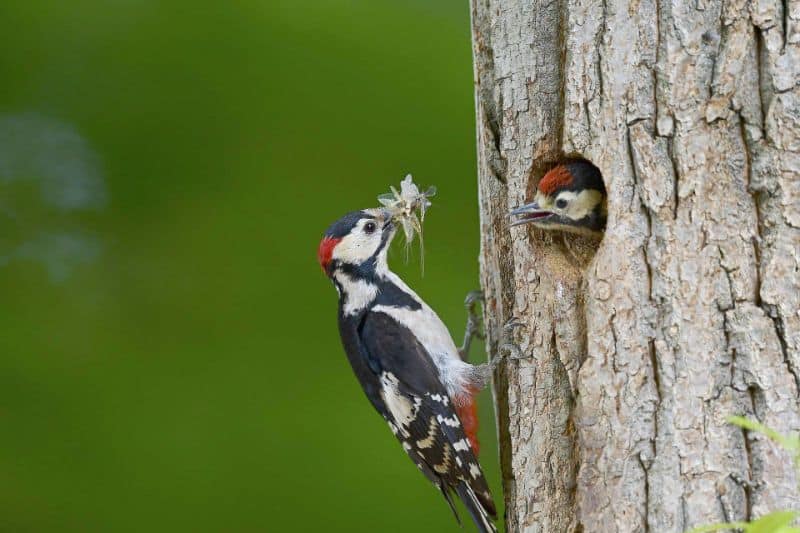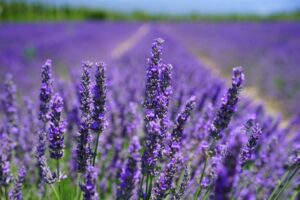What eats mayflies? The most likely predators of mayflies are aquatic insects such as dragonfly nymphs and spiders. Other potential predators include fish, amphibians, reptiles, mammals, and birds.
What Eats Mayflies
Mayflies are a common sight on the surface of lakes and streams during the summer months. These delicate creatures are a favorite food of many fish and provide an important source of food for insects, birds, reptiles, amphibians, and other animals.
Below we’ll go over some of the most common mayfly predators in more detail.
Dragonflies
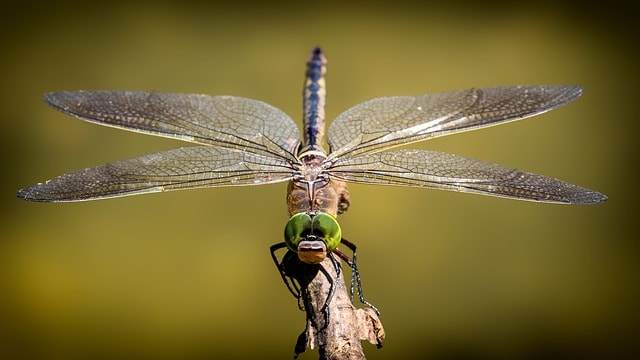
Dragonflies are predators that feast on mayflies and other small insects. These versatile insect hunters lurk near freshwater sources, darting out to nab their tiny prey in midair. Plus, dragonflies don’t just eat mayflies – they will consume any small insect they can catch, including mosquitos, house flies, and moths.
Spiders
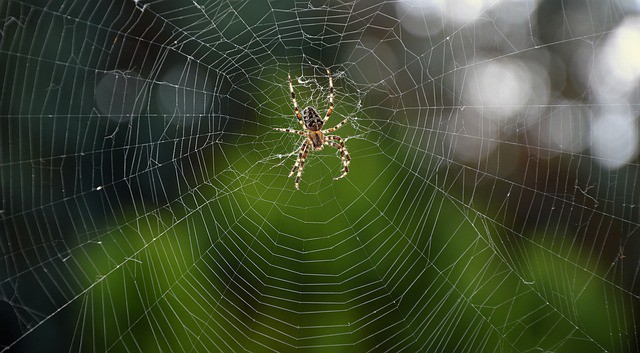
Mayflies are a popular food for spiders, and many different species of spiders feast on them. For example, wood spiders and orb-web spiders are all known to eat mayflies, and they often do so by spinning webs near the water’s edge, where the mayflies are most likely to be found.
Bats
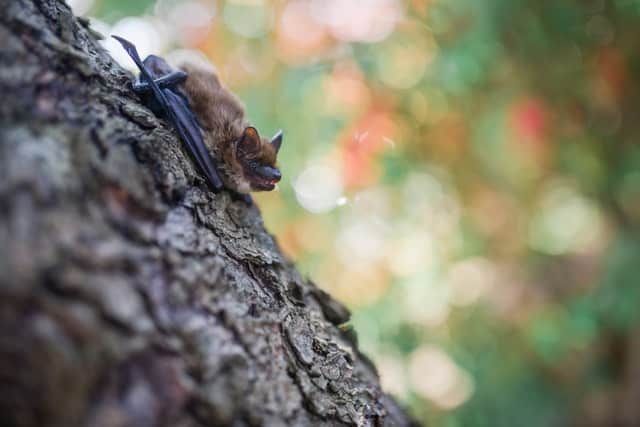
Bats are known to consume mayflies, which helps to keep their populations in check. They use echolocation to zero in on their prey, and a large group of bats may consume hundreds of mayflies in a single evening.
What Birds Eat Mayflies
Woodpeckers
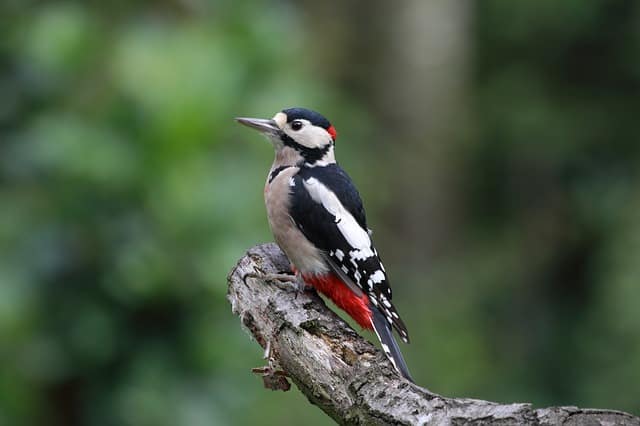
Woodpeckers are known to eat mayflies, although it is not their preferred food source. In general, woodpeckers eat insects, grubs, and other invertebrates that they find crawling on tree bark or lurking beneath the bark. Mayflies generally live near water sources, so it’s likely that woodpeckers find them while searching for other insects to eat.
Bluebirds

Bluebirds typically eat mayflies, as well as other insects and spiders. They usually hunt by perching on a branch and swooping down, and catching mayflies in midair. And when mayflies hatch in large numbers and migrate in huge clouds, they can be an important food source for bluebirds and their chicks.
Purple Martins
There are a variety of birds that eat mayflies, but one of the most notable is the Purple Martin. These beautiful birds are quite skilled at hunting mayflies and will often perch near areas where these insects congregate. When a mayfly gets close enough, the Purple Martin will dart out and snatch it out of the air in a very impressive display.
Wrens
Many birds eat mayflies, but wrens are especially fond of them. Wrens will often build their nests near areas where mayflies are plentiful so that they can have a ready food source for their young.
Cardinals
Cardinals, for one, are known to enjoy dining on mayflies. In general, any bird that feeds on insects is likely to feast on mayflies as well. This includes not just cardinals but also sparrows, warblers, finches, and more. So if you see a bunch of mayflies around, there’s a good chance a wide assortment of birds will be feasting on them too.
What Fish Eat Mayflies
Catfish
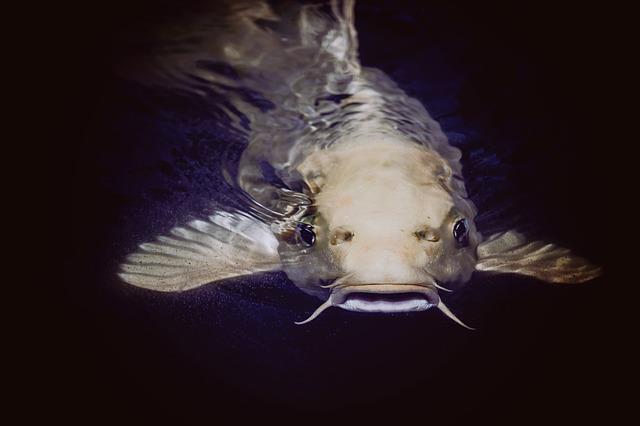
Many different types of fish eat mayflies, including catfish. Catfish are attracted to the movement of mayflies near the water surface and will often feed on them in large numbers.
Bluegill

Bluegill are a popular sport fish that are often found in freshwater lakes and ponds. Their diet consists mostly of aquatic insects, including mayflies. Thanks to their voracious appetite for mayflies, bluegill are an important part of the food chain in many freshwater ecosystems.
Rainbow Trout

Rainbow trout are a common predator of mayflies. They eat the nymphs and larvae of these aquatic insects, as well as the adults, when they emerge from the water.
What Amphibians & Reptile Eat Mayflies
Tadpoles
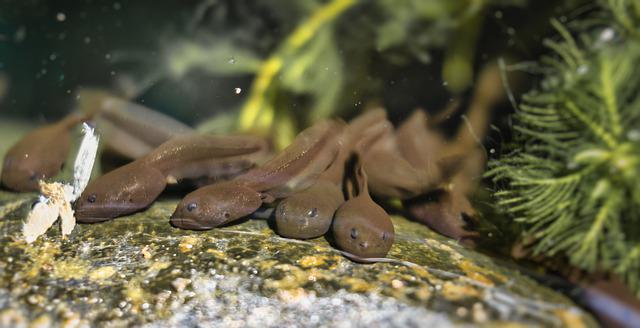
Tadpoles eat the nymphs and larvae of mayflies. Young tadpoles eat algae, small insects, and other aquatic vegetation. As they mature, they become more carnivorous and add larger insects and small fish to their diet.
Frogs

Frogs eat a variety of things, but one of their favorite meals is the mayfly. These amphibians love to snatch them up as they fly through the air. They have specially adapted mouths that can open very wide to accommodate the large prey, and their tongues are long and sticky, so they can catch them quickly.
Turtles

Mayflies are a common food source for many different types of turtles, and they will eat both the adults and the larvae of mayflies.
Newts
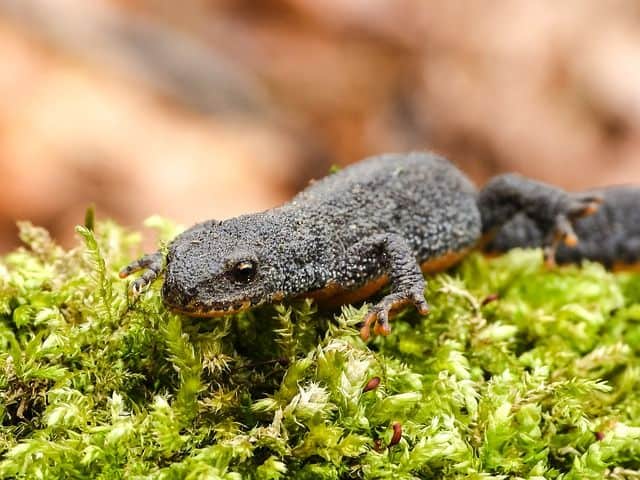
Newts are opportunistic predators that eat a variety of invertebrates, including mayflies. They hunt by ambush, lying in wait for prey to come close before seizing it and swallowing it whole.
Rodents That Eat Mayflies
Mice
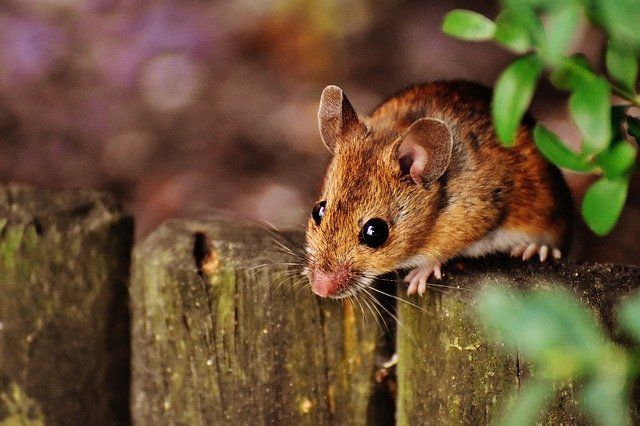
Mice are one of the many animals that eat mayflies. While they might not be the biggest predators of mayflies, they can still help to control the population of mayfly nymphs before they turn into free-flying adults.
Shrews
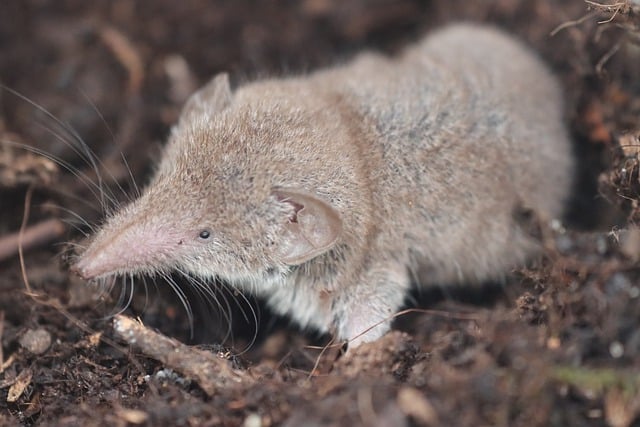
Shrews are small, mouse-like mammals that are known to eat Mayflies. These creatures have a high metabolism and can eat hundreds of insects a day. While most of their diet consists of insects, they will also consume small lizards, frogs, and slugs.
What Eats Mayfly Larvae
There are a few different animals that eat mayfly larvae. Fish, frogs, tadpoles, and turtles are all common predators of mayfly larvae. The larvae themselves are actually a very important part of the aquatic ecosystem, as they provide a food source for many species.
What Eats Mayflies Nymphs
Mayfly nymphs are a common food source for many different animals. Fish, frogs, rodents, insects, and birds all enjoy eating mayfly nymphs. Each of these animals has its own method of catching and eating mayfly nymphs. For example, fish typically use their mouths to vacuum up mayfly nymphs that are swimming near the water’s surface. Frogs will often sit and wait for mayfly nymphs to come near them before snatching them up with their tongues. And finally, rodents will rummage through the leaves and debris on the ground in search of these small insects.
Are Mayfly Dangerous
Mayflies are not dangerous since they don’t bite or sting. They are quite harmless and are more of a nuisance than anything else because they tend to swarm in large numbers.
Are Mayflies Good or Bad
Mayflies are generally considered beneficial because they are a key part of a thriving aquatic ecosystem. Their emergence into the terrestrial environment provides food for many species of animals, and their nymphs and larvae are an important food source for fish and other aquatic creatures.
How Long Does a Mayfly Infestation Last
A mayfly infestation typically only lasts a few days since mayflies have a very short life span. This is because adult mayflies only live for a few hours before dying. This is why you usually don’t see them around for very long.


